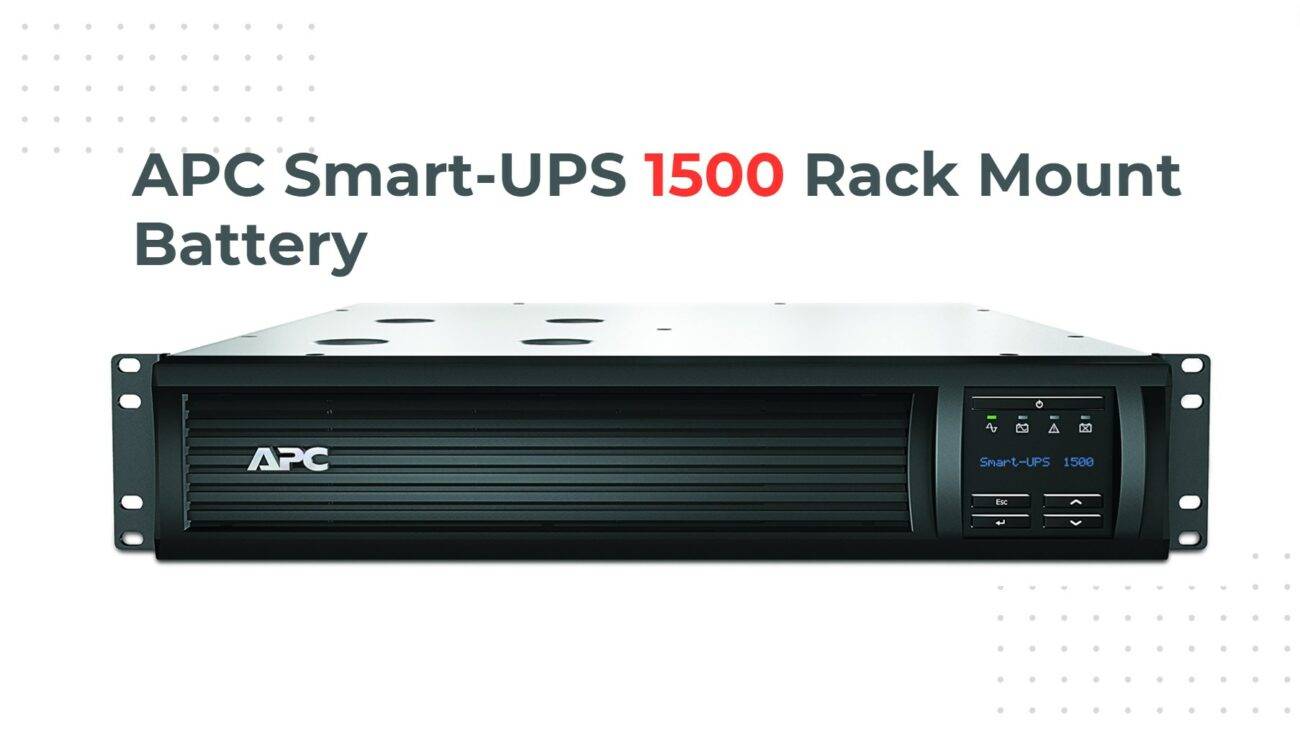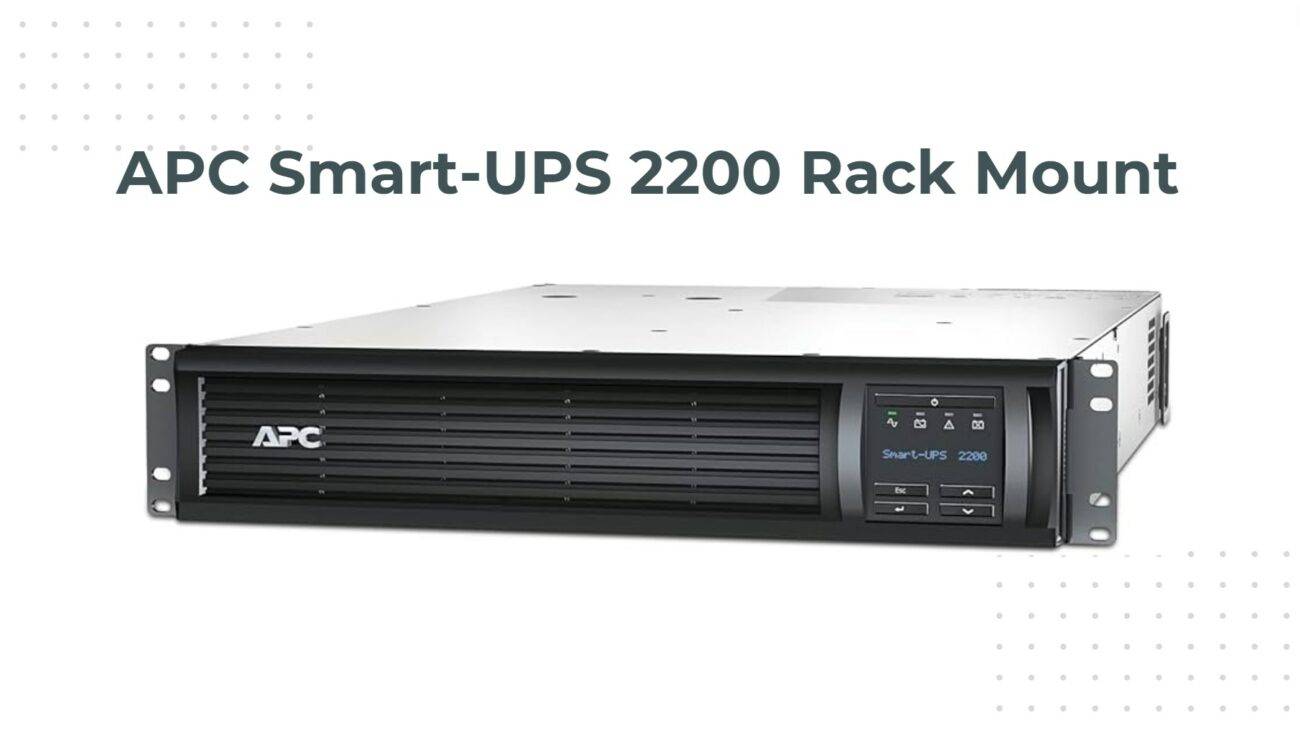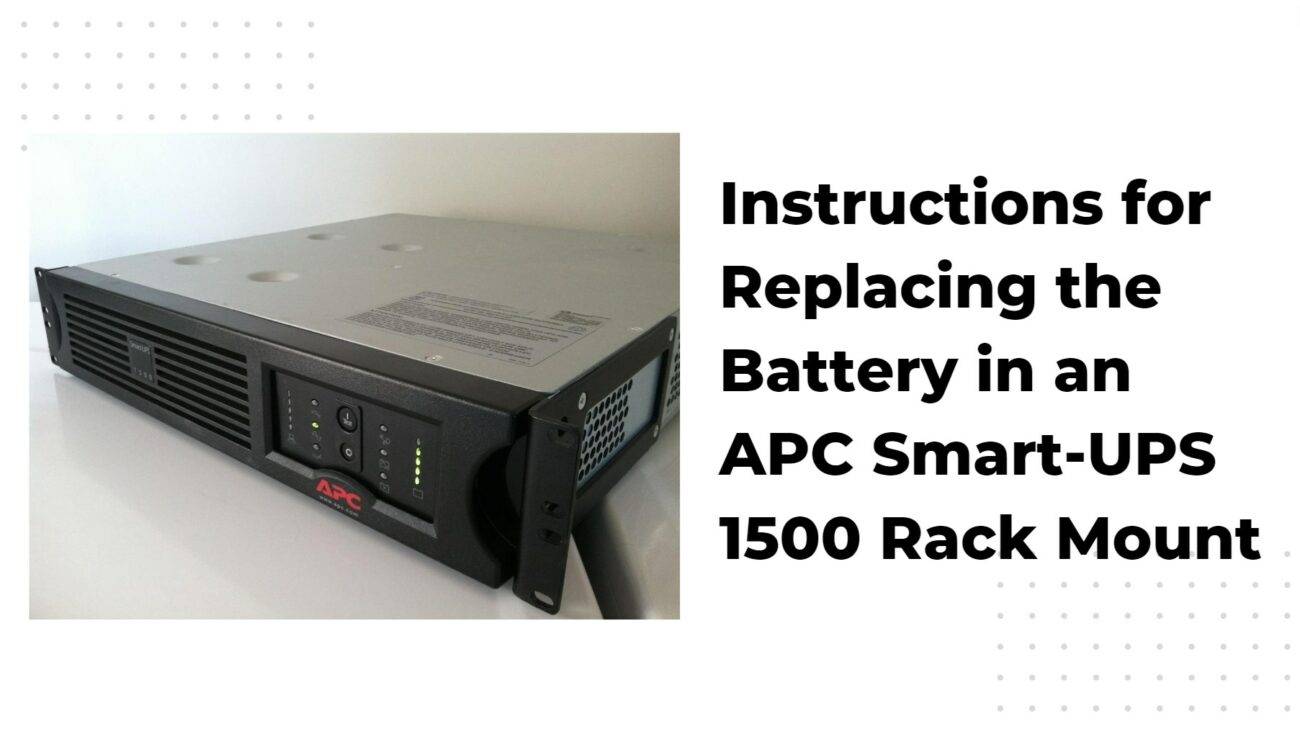- Forklift Lithium Battery
-
48V
- 48V 210Ah
- 48V 300Ah
- 48V 420Ah (949 x 349 x 569 mm)
- 48V 420Ah (950 x 421 x 450 mm)
- 48V 456Ah
- 48V 460Ah (830 x 630 x 590 mm)
- 48V 460Ah (950 x 421 x 450 mm)
- 48V 460Ah (800 x 630 x 600 mm)
- 48V 460Ah (820 x 660 x 470 mm)
- 48V 500Ah
- 48V 560Ah (810 x 630 x 600 mm)
- 48V 560Ah (950 x 592 x 450 mm)
- 48V 600Ah
- 48V 630Ah
-
48V
- Lithium Golf Cart Battery
- 12V Lithium Battery
12V 150Ah Lithium RV Battery
Bluetooth App | BCI Group 31
LiFePO4 Lithium
Discharge Temperature -20°C ~ 65°C
Fast Charger 14.6V 50A
Solar MPPT Charging - 24V Lithium Battery
- 36V Lithium Battery
- 48V Lithium Battery
-
48V LiFePO4 Battery
- 48V 50Ah
- 48V 50Ah (for Golf Carts)
- 48V 60Ah (8D)
- 48V 100Ah (8D)
- 48V 100Ah
- 48V 100Ah (Discharge 100A for Golf Carts)
- 48V 100Ah (Discharge 150A for Golf Carts)
- 48V 100Ah (Discharge 200A for Golf Carts)
- 48V 150Ah (for Golf Carts)
- 48V 160Ah (Discharge 100A for Golf Carts)
- 48V 160Ah (Discharge 160A for Golf Carts)
-
48V LiFePO4 Battery
- 60V Lithium Battery
-
60V LiFePO4 Battery
- 60V 20Ah
- 60V 30Ah
- 60V 50Ah
- 60V 50Ah (Small Size / Side Terminal)
- 60V 100Ah (for Electric Motocycle, Electric Scooter, LSV, AGV)
- 60V 100Ah (for Forklift, AGV, Electric Scooter, Sweeper)
- 60V 150Ah (E-Motocycle / E-Scooter / E-Tricycle / Tour LSV)
- 60V 200Ah (for Forklift, AGV, Electric Scooter, Sweeper)
-
60V LiFePO4 Battery
- 72V~96V Lithium Battery
- Rack-mounted Lithium Battery
- E-Bike Battery
- All-in-One Home-ESS
- Wall-mount Battery ESS
-
Home-ESS Lithium Battery PowerWall
- 24V 100Ah 2.4kWh PW24100-S PowerWall
- 48V 50Ah 2.4kWh PW4850-S PowerWall
- 48V 50Ah 2.56kWh PW5150-S PowerWall
- 48V 100Ah 5.12kWh PW51100-F PowerWall (IP65)
- 48V 100Ah 5.12kWh PW51100-S PowerWall
- 48V 100Ah 5.12kWh PW51100-H PowerWall
- 48V 200Ah 10kWh PW51200-H PowerWall
- 48V 300Ah 15kWh PW51300-H PowerWall
PowerWall 51.2V 100Ah LiFePO4 Lithium Battery
Highly popular in Asia and Eastern Europe.
CE Certification | Home-ESS -
Home-ESS Lithium Battery PowerWall
- Portable Power Stations
How to Choose the Best Rack Mount Battery Backup UPS

Choosing the right rack mount battery backup UPS is crucial for maintaining power during outages and protecting sensitive equipment. The best options combine reliability, capacity, and features tailored to your needs, ensuring seamless operation in critical environments.
What are the best rack mount battery backup UPS options available?
Several top-rated models stand out for their performance and features:
| Model | Capacity (VA) | Runtime (minutes at half load) | Key Features |
|---|---|---|---|
| CyberPower CP1500AVRLCD3 | 1500 | 12 | LCD display, user-replaceable battery |
| APC BE600M1 | 600 | 10 | Compact design, five battery-backed outlets |
| APC SMT1500C | 1500 | 23 | Advanced management features, cloud monitoring |
| CyberPower CP1500PFCRM2U | 1500 | 10 | Rack-mountable, LCD panel |
| Tripp Lite SMART1500LCD | 1500 | 10 | High efficiency, multiple outlets |
These models are recognized for their robust features and reliability, making them suitable for various applications, from home offices to server rooms.
How does the CyberPower CP1500AVRLCD3 perform?
The CyberPower CP1500AVRLCD3 is praised for its balance of power and usability. It offers 12 surge-protected outlets, with six providing battery backup, ensuring that essential devices remain operational during outages. The LCD panel displays real-time information about battery status and load levels, which is crucial for managing power effectively.
Chart: Performance Overview of CyberPower CP1500AVRLCD3
| Feature | Specification |
|---|---|
| Capacity | 1500 VA |
| Battery Backup Outlets | 6 |
| Runtime at Half Load | Up to 12 minutes |
| User-replaceable Battery | Yes |
Why is the APC BE600M1 a suitable choice?
The APC BE600M1 is an excellent option for those seeking a compact solution without sacrificing performance. This model provides five battery-backed outlets and is designed to fit into tight spaces, making it ideal for smaller setups. Its ability to automatically switch off from battery backup when power returns enhances its efficiency.
Chart: Key Features of APC BE600M1
| Feature | Specification |
|---|---|
| Capacity | 600 VA |
| Battery Backup Outlets | 5 |
| Runtime at Half Load | Up to 10 minutes |
| Compact Design | Yes |
What features make the APC SMT1500C stand out?
The APC SMT1500C excels with its extended runtime, lasting up to 23 minutes at half load. This makes it particularly valuable for IT professionals who require additional time to save work and shut down systems safely during outages. Its advanced management capabilities, including remote monitoring and diagnostics, further enhance its appeal.
Chart: Advantages of APC SMT1500C
| Feature | Specification |
|---|---|
| Capacity | 1500 VA |
| Runtime at Half Load | Up to 23 minutes |
| Management Features | Cloud-based monitoring |
How does the CyberPower CP1500PFCRM2U integrate into server setups?
The CyberPower CP1500PFCRM2U is specifically designed for rack-mount applications, fitting into standard server racks seamlessly. It provides eight battery-backed outlets and includes an LCD panel for monitoring power conditions. This model is ideal for small businesses with data centers or server rooms.
Chart: Specifications of CyberPower CP1500PFCRM2U
| Feature | Specification |
|---|---|
| Capacity | 1500 VA |
| Battery Backup Outlets | 8 |
| Runtime at Half Load | Up to 10 minutes |
What should you consider when selecting a rack mount UPS?
When choosing a rack mount UPS, consider the following factors:
- Capacity Needs: Ensure the UPS can handle your total load.
- Runtime Requirements: Determine how long you need backup power.
- Form Factor: Ensure it fits your rack space.
- Management Features: Look for remote monitoring capabilities.
- Battery Type: Consider user-replaceable batteries for cost-effectiveness.
How do you maintain a rack mount UPS for optimal performance?
To ensure your rack mount UPS operates effectively:
- Regularly check and replace batteries as needed.
- Keep firmware updated for optimal functionality.
- Monitor load levels to avoid overloading.
- Ensure proper ventilation around the unit.
- Conduct periodic tests to verify performance during outages.
What are the latest trends in rack mount UPS technology?
Recent advancements in rack mount UPS technology include:
- Increased use of lithium-ion batteries, offering longer life and reduced maintenance.
- Enhanced remote management capabilities, allowing users to monitor systems via apps or web interfaces.
- Development of more compact designs that save space without compromising power output.
Industrial News
Recent developments in the UPS market highlight a growing emphasis on sustainability and efficiency. Companies are increasingly adopting lithium-ion technology due to its longer lifespan and lower environmental impact compared to traditional lead-acid batteries. Additionally, advancements in software allow for better energy management and predictive maintenance, ensuring that businesses can minimize downtime during power outages.
Redway Power Expert Views
“Investing in a high-quality rack mount UPS is essential for any organization reliant on continuous power supply,” states an industry expert from Redway Power. “With advancements in technology, businesses can now choose models that not only meet their immediate needs but also adapt as those needs evolve.”
FAQ Section
Q: What is a rack mount UPS?
A: A rack mount UPS provides uninterrupted power supply to connected devices during outages, ensuring operational continuity.Q: How long do batteries last in a typical UPS?
A: The lifespan of batteries in a UPS can vary but typically ranges from three to five years depending on usage and maintenance.Q: Can I replace the batteries myself?
A: Yes, many modern UPS models come with user-replaceable batteries, allowing for cost-effective maintenance without replacing the entire unit.Q: What capacity do I need for my setup?
A: Calculate your total wattage needs by adding up the consumption of all devices you plan to connect, then select a UPS with a higher capacity than that total.

















